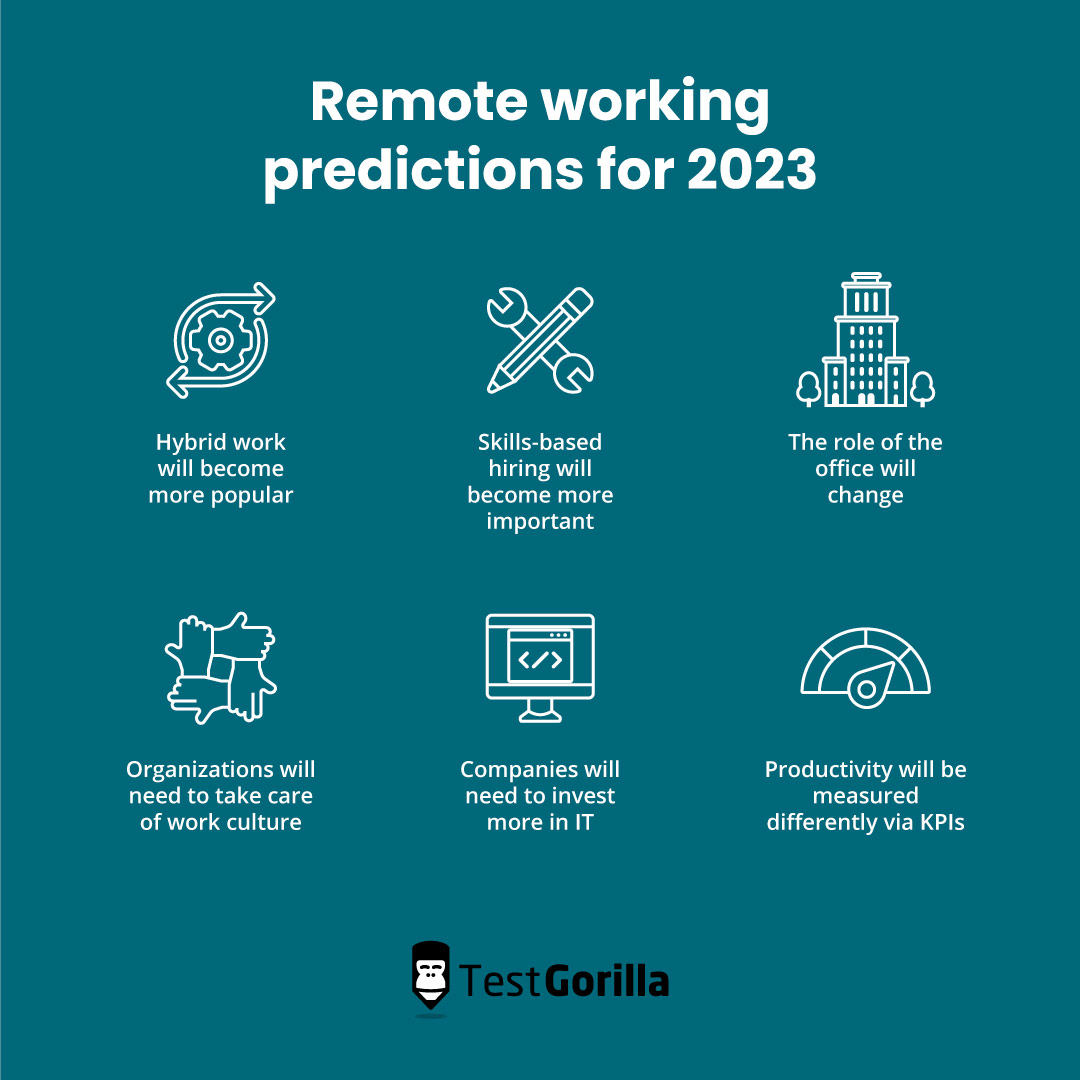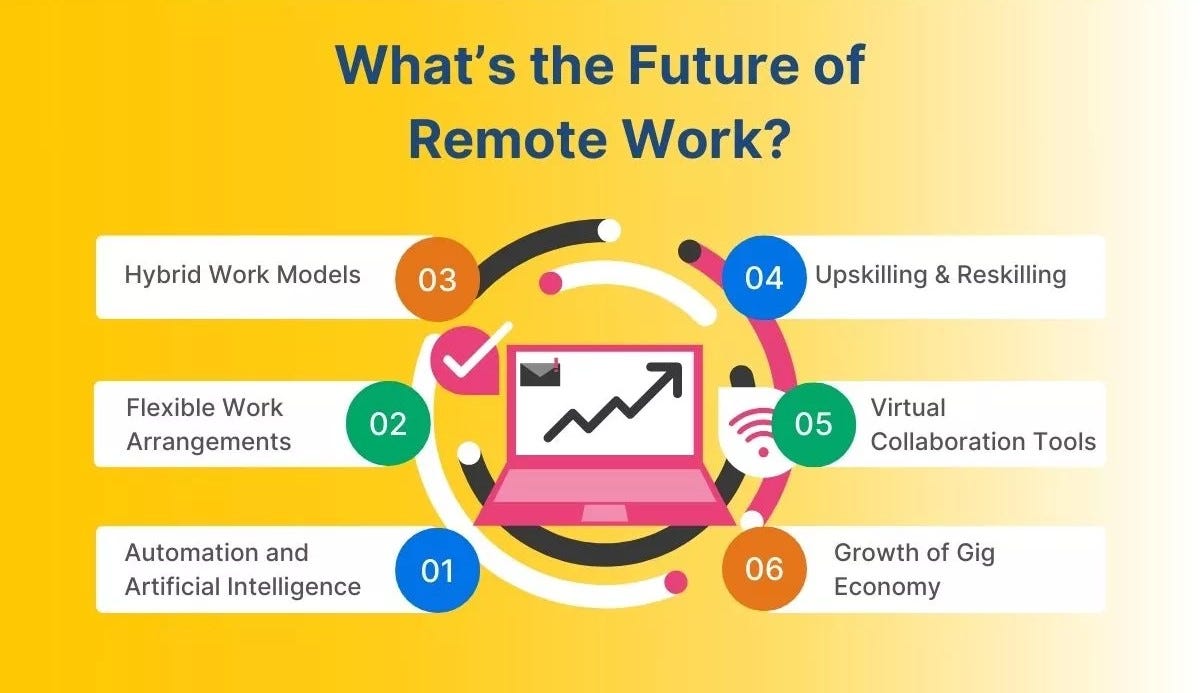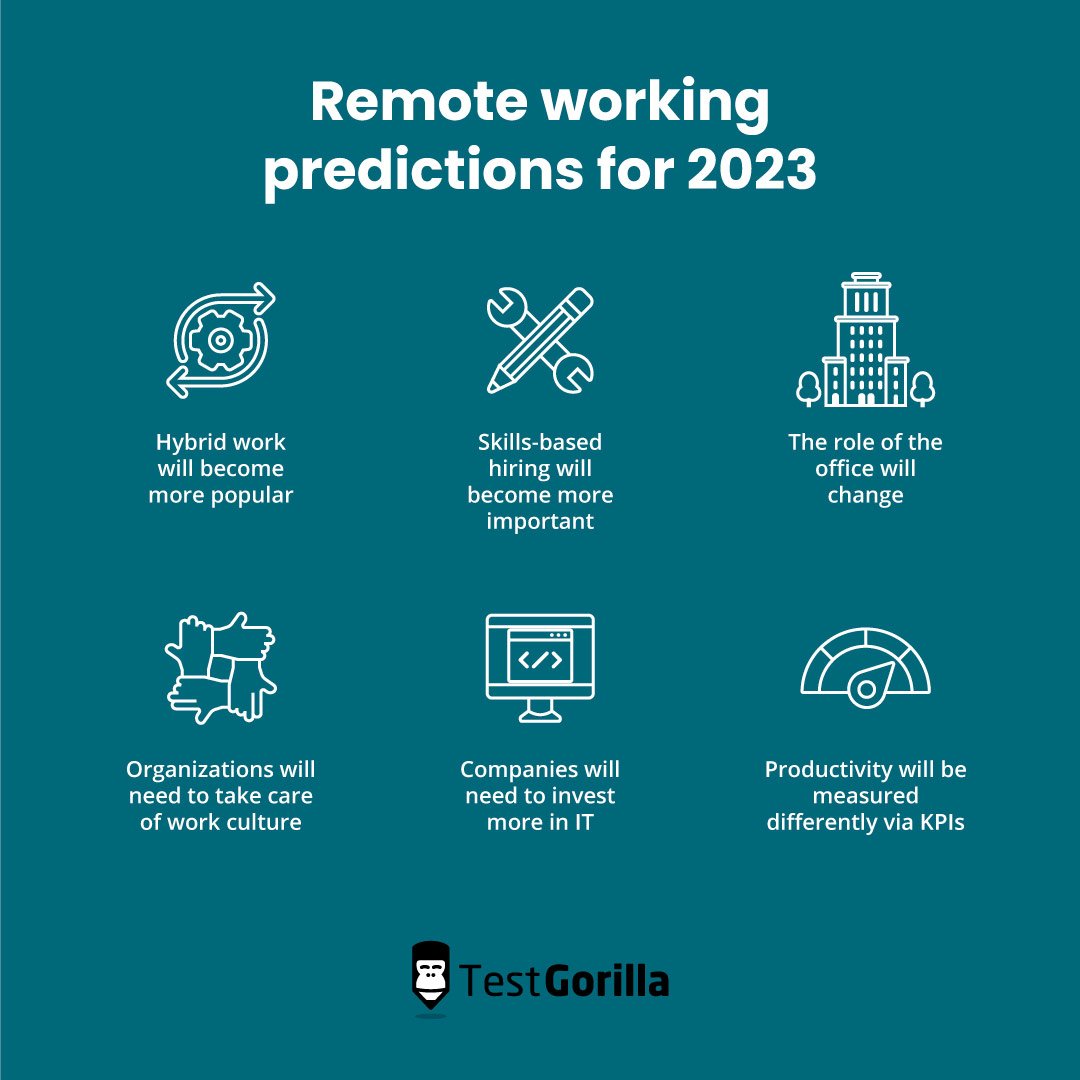
Evolution of Remote Work Technology
Historical Perspective of Remote Work
The journey of remote work technology is as fascinating as it is transformative. Initially, telecommuting was a novel concept, primarily reserved for roles that fell outside of traditional office environments. In the 1970s and 1980s, professionals began experimenting with the burgeoning technologies of fax machines and dedicated phone lines. This era laid the groundwork for what would eventually blossom into a more modern concept of remote working.
Advancements in Communication Tools
Fast forward a few decades, and communication tools have become the backbone of remote work. The emergence of email revolutionized how employees interacted, swiftly replacing physical memos. Video conferencing platforms, such as Zoom and Microsoft Teams, have since bridged the gap even further, allowing face-to-face meetings across thousands of miles.
Key advancements include:
- Instant Messaging: Tools like Slack have transformed team collaboration.
- Collaborative Document Creation: Google Docs allows real-time editing, enhancing teamwork.
- Social Intranet Solutions: Platforms like Yammer keep remote teams connected and engaged.
Impact of Cloud Computing
In recent years, cloud computing has significantly impacted remote work by enabling seamless access to documents and applications from anywhere. This technology allows teams to collaborate without being bound to a physical location, enhancing flexibility and productivity.
Overall, as encapsulated by the ethos of our blog, TECHFACK, the evolution of remote work technology demonstrates how future tech is enabling remote work, paving the way for a more flexible, productive work landscape.

Virtual Collaboration Tools
Video Conferencing Platforms
As we dive deeper into the evolution of remote work, it’s hard to ignore the impact of virtual collaboration tools. First and foremost are video conferencing platforms. Tools like Zoom and Google Meet have transformed how teams interact. For many professionals, this technology is now akin to the traditional conference room—minus the commute. A memorable moment was attending a virtual team-building event where my colleagues and I played games over video chat; it was not only effective but also a lot of fun!
Project Management Software
Next on the list is project management software. Tools like Trello and Asana have become essential for tracking tasks and timelines. They create a centralized hub where team members can:
- Assign tasks
- Set deadlines
- Monitor progress
These features ensure that everyone stays synchronized, even in a dispersed work environment. For instance, using Asana on a recent project helped our team keep accountability high and ensured that we met deadlines efficiently.
Virtual Whiteboarding Solutions
Lastly, virtual whiteboarding solutions like Miro allow for brainstorming sessions that feel incredibly dynamic. These tools simulate the experience of standing around a physical whiteboard, fostering creativity and engagement. During a recent ideation session, our team utilized Miro, and the brainstorming flow just felt more alive than ever!
Together, these tools illustrate how future tech is enabling remote work, making collaboration across distances not only possible but also enjoyable and efficient.

Cybersecurity Measures for Remote Work
VPNs and Secure Networks
Transitioning from the collaborative tools that enhance remote work, let’s explore an essential aspect that should never be overlooked: cybersecurity measures. With teams dispersed and utilizing various networks, Virtual Private Networks (VPNs) have become vital. A VPN creates an encrypted tunnel for data, ensuring that sensitive information remains secure from prying eyes. Personally, I experienced a sense of relief when our company adopted a VPN; knowing that our communications were protected offered peace of mind during virtual meetings.
Multi-factor Authentication
Another layer of security comes from multi-factor authentication (MFA). This method requires users to verify their identities through multiple credentials, making unauthorized access significantly harder. You might have encountered MFA in your daily life with apps that send codes to your phone. Incorporating MFA can feel a bit annoying at first, but trust me, it’s a small hassle compared to potential breaches.
Data Encryption Protocols
Finally, data encryption protocols are critical for protecting sensitive information both at rest and in transit. When files are encrypted, they become unreadable to anyone without the proper decryption key. This is especially important when sharing documents via email or cloud storage services.
In conclusion, incorporating VPNs, MFA, and encryption into your remote work setup creates a robust defense against cyber threats, ensuring that you can focus more on collaboration rather than worrying about security lapses. As we highlight on our blog, TECHFACK, these measures are crucial as future tech enables remote work while safeguarding our digital lives.

Automation and AI in Remote Work
AI-Powered Virtual Assistants
Building on the fundamental cybersecurity measures, let’s dive into another transformative aspect of remote work: automation and AI. AI-powered virtual assistants, like Siri, Alexa, and even specialized workplace bots, are becoming indispensable partners in our daily tasks. Imagine asking your virtual assistant to schedule meetings or set reminders, freeing up precious time for more meaningful work. Personally, I recently started using a virtual assistant to handle my calendar, which has drastically reduced my daily stress levels!
Automation of Repetitive Tasks
Moreover, automation can take over repetitive tasks, helping teams focus on creativity and strategy rather than the mundane. Tools like Zapier allow you to integrate various applications and create automated workflows. For example, marketing teams can set up automations to send emails based on user interactions without lifting a finger!
AI-Based Data Analysis Tools
Finally, AI-based data analysis tools are crucial in making sense of vast amounts of information quickly. Programs like Tableau use AI to derive insights from data, enabling teams to make informed decisions. In a recent project, we leveraged AI-driven analytics to identify trends, and it was incredibly eye-opening to see data morph into actionable strategies.
In conclusion, as we see on our blog, TECHFACK, embracing automation and AI not only streamlines remote work but also enhances overall productivity and engagement. This technology is indeed the future of how we work, allowing us to thrive in a remote environment.

Future Trends in Remote Work Technology
Augmented Reality for Remote Assistance
Continuing from the innovative uses of automation and AI, let’s shift our focus to the exciting future trends in remote work technology. One of the most promising advancements is augmented reality (AR) for remote assistance. Imagine being able to wear AR glasses that overlay useful information on your field of view. For instance, I recall watching a demonstration where technicians in remote locations used AR to receive real-time guidance from experts, allowing them to troubleshoot issues without physical presence. It’s like having a mentor right beside you!
Internet of Things (IoT) Integration
Next up is the Internet of Things (IoT) integration, which connects various devices for a more streamlined work environment. Picture this: your smart coffee maker brewing a cup of coffee as you log on for your morning meeting, or your office lighting adjusting automatically based on your presence. This level of connectivity not only enhances comfort but also boosts efficiency.
Wearable Tech for Remote Productivity
Lastly, wearable tech is set to revolutionize how we approach remote productivity. From smartwatches that remind us to take breaks to fitness trackers that ensure we remain active during long work-from-home days, these devices keep us connected and healthy. I’ve personally found that wearing a tracker has encouraged me to incorporate more movement into my day.
In summary, as we delve into these future trends on TECHFACK, it becomes clear that remote work technology is evolving rapidly, paving the way for enhanced connectivity, productivity, and overall employee well-being.

Ensuring Work-Life Balance in Remote Settings
Flexibility in Work Schedules
As the technological landscape for remote work continues to evolve, it’s equally essential to address a crucial aspect: ensuring work-life balance in remote settings. First up, the flexibility in work schedules allows employees to manage their time more effectively. Personally, I’ve found it incredibly liberating to tailor my work hours around personal responsibilities, whether that means catching up with family or attending a yoga class.
Consider these benefits of flexible scheduling:
- Enhanced productivity during peak energy times
- Reduced stress by accommodating family commitments
- Increased job satisfaction and morale
Mental Health Support Services
Next, the importance of mental health support services cannot be overstated. Companies are now recognizing the necessity of providing resources like counseling and wellness programs. For example, one of my friends shared how her company offered virtual therapy sessions, which made a world of difference during stressful periods.
Boundaries between Work and Personal Life
Lastly, establishing clear boundaries between work and personal life is essential. Many remote workers find it challenging to “switch off” after work hours. I recommend creating a dedicated workspace and setting specific work hours to physically and mentally separate work from home life, which has greatly improved my focus and relaxation time.
In conclusion, fostering a balanced environment, as discussed on TECHFACK, is vital for remote workers to thrive both personally and professionally, ensuring a sustainable, fulfilling work experience.

